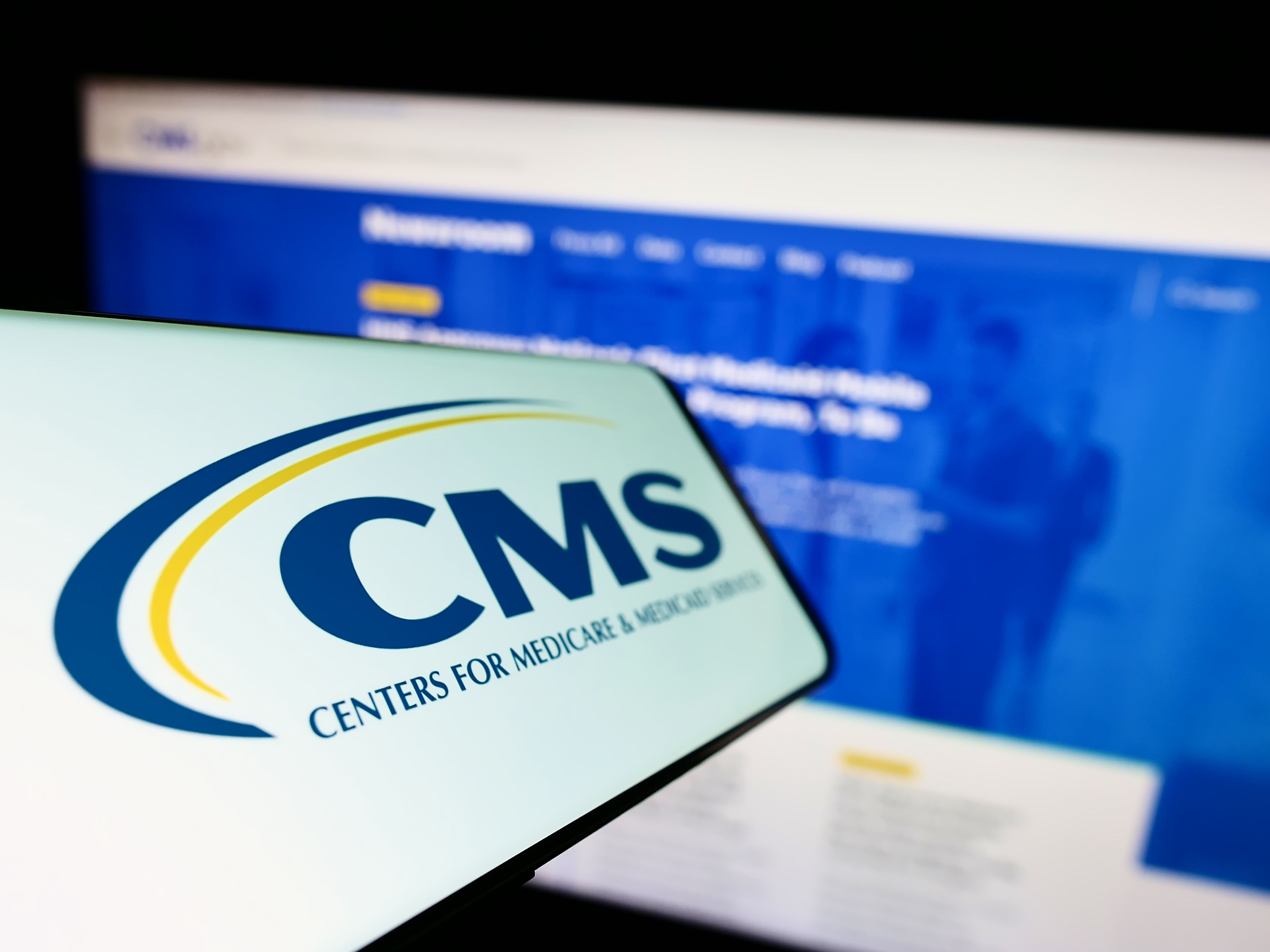Publication
Article
Medical Economics Journal
AMA announces Evaluation and Management coding changes
Author(s):
What does this mean for those documenting E/M services, assigning the code levels, and auditing them?
©Lightspring/Shutterstock.com


Q: Are there any updates on the Evaluation and Management (E/M) code requirements?
A: The American Medical Association (AMA) has now weighed in with their E/M requirement modifications, which means that all payers will be affected in 2021. If you remember, Medicare announced plans to revamp the E/M coding structure in 2018 and was met with a quick response from the medical community. As a result, the Medicare changes implemented in 2019 were mostly documentation-related changes that generally benefited providers but were not necessarily accepted and implemented by all payers.
In March, the AMA posted the CPT Editorial Summary of Panel Actions for February 2019, which lists specific changes that they intend to make to the E/M codes, effective January 1, 2021. Although the AMA plans to make significant changes to E/M, they in no way are as extreme as the original proposed Medicare E/M changes. Additionally, as the CPT Editorial Committee met earlier this month and will also meet in September, we may see even more E/M changes following the summary from those meetings (May 9-11 and September 26-28).
What does this mean for those documenting E/M services, assigning the code levels, and auditing them?
The AMA has joined Medicare and has published the 2021 E/M changes that they intend to make. We’ve all seen that when Medicare and Current Procedural Terminology (CPT) do not agree on how to report a specific service, or group of services, Medicare may produce Healthcare Common Procedure Coding System (HCPCS) code(s) with specific guidance for Medicare-contracted providers to follow.
As coders know, when a provider contracts with a payer, they must follow the guidelines and policies specific to the contract they have signed, whether or not it matches the CPT guidelines.
Now that the AMA has published these changes, we will need to wait and see how Medicare responds to them. Will we end up with significant differences in E/M code assignation among multiple payers or will they all adopt the same changes? And what are the new AMA E/M changes?
E/M codes affected
The new AMA CPT E/M changes are specific only to Office or Other Outpatient Services (99201-99205 and 99211-99215) codes. To date, we don’t have any changes to the inpatient or observation codes.
Unless the AMA makes further modifications, these changes will be included in the 2021 CPT codebook, so payers, including Medicare, will need to decide whether or not they will adopt them. They include:
- Deletion of 99201
- New guidelines specific to 99202-99215
- Changes in component scoring for both new and established patient codes (99202-99215)
- Changes to the medical decision-making table
- Changes to the typical times associated with each E/M code (99202-99215)
Say goodbye to 99201
The AMA is planning to delete 99201 from the E/M code set. That is an official code deletion, meaning it will no longer appear in the codebook after 2020. There are some situations in which you may still need to report 99201, such as those entities that will not immediately adopt the 2021 CPT code changes (e.g., workers compensation payers).
Changes in determining E/M code levels
Although documentation of history and physical examination will still need to be medically appropriate, the amount of history or number of elements examined and documented will not factor into the scoring used to determine the overall E/M level of service.
Instead, the basis for code selection will be the level of MDM performed or the total time spent performing the service on the day of the encounter.
To this end, the AMA will be changing the definition of the time element associated with codes 99202-99215 from typical face-to-face time to total time spent on the day of the encounter, and changing the amount of time associated with each code. What hasn’t changed is that medical necessity for the level of service must be identifiable within the documentation.
The changes to the titles of the subcategories and time are in the MDM table below.

Again, these are the CPT changes; however, any payer contracts (e.g., Medicare or payers that follow Medicare guidelines) may require another way to calculate the E/M code levels, so confirm how your payers are implementing E/M changes in 2021.
Q: Can an ICD-10-CM body mass index (BMI) code be used as a stand-alone code? If not, what does the documentation need to include to justify the use of a BMI code?
See the answer
here
.






